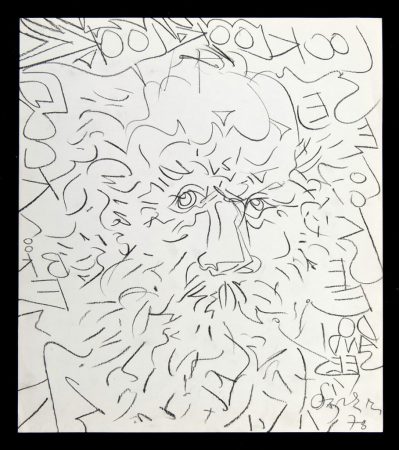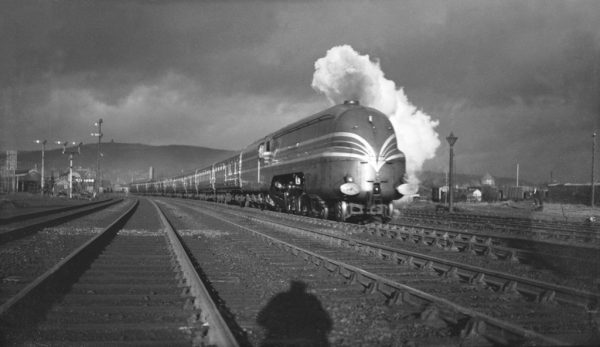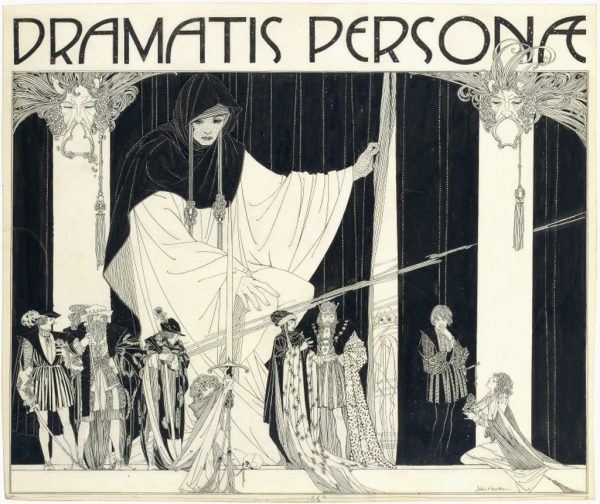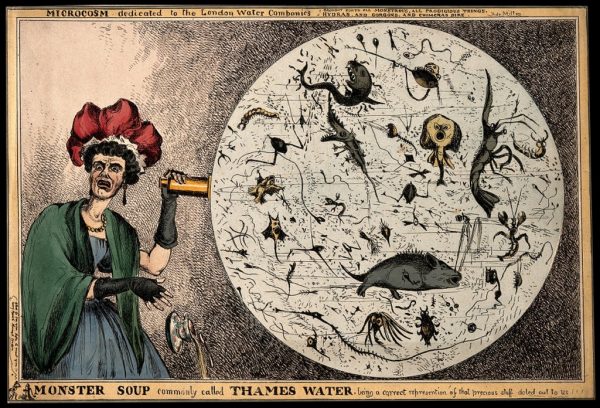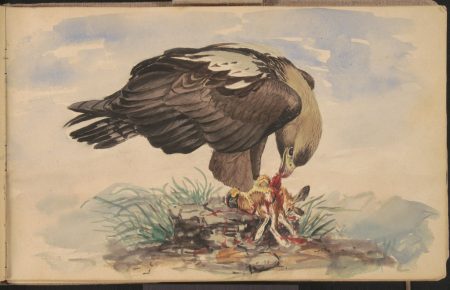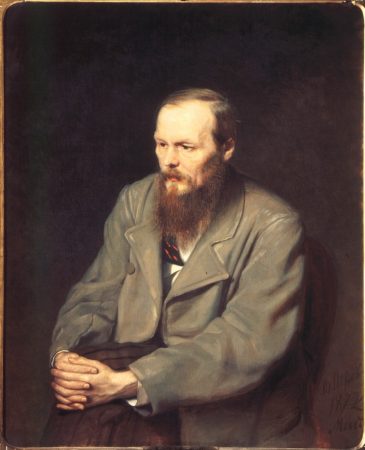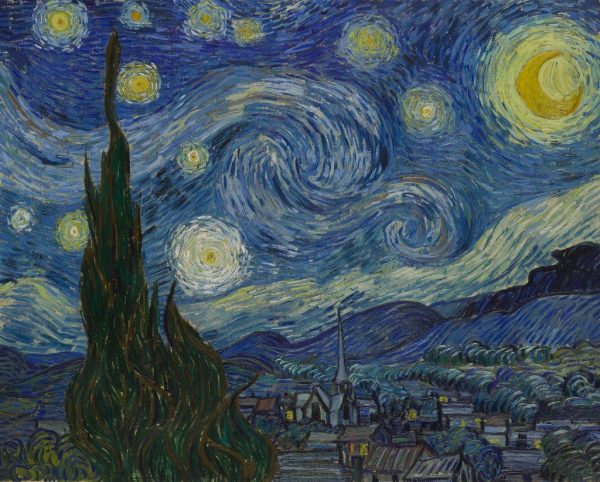Seize the season! Once again we have crossed the Thanksgiving threshold into full-blown festivities and the crescendo to the new year. In celebration of the prompt to eat, drink, and be merry, we would like to present some inspiring visions.
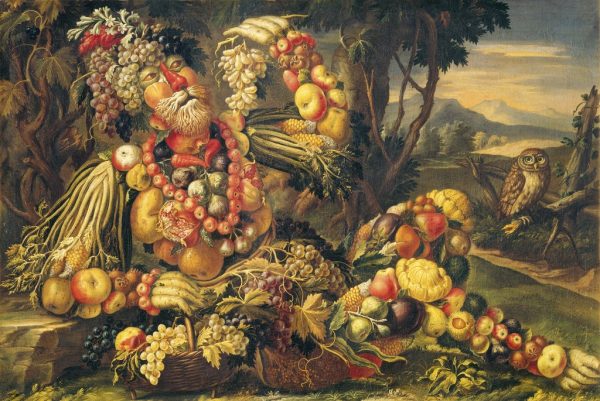
Antonio Rasio. Autumn. 1685-1695. Pinacoteca Tosio Martinengo. Image and original data provided by SCALA, Florence/ART RESOURCE, N.Y.
Let’s begin with the harvest itself, the basis of all feasts and the bountiful personification of Autumn by the Brescian Antonio Rasio, 1685-1695. In one of four allegorical paintings of the season, the whimsical poster boy for produce is nearly life size and he is composed of more than 20 edibles from mushrooms to pomegranates.
